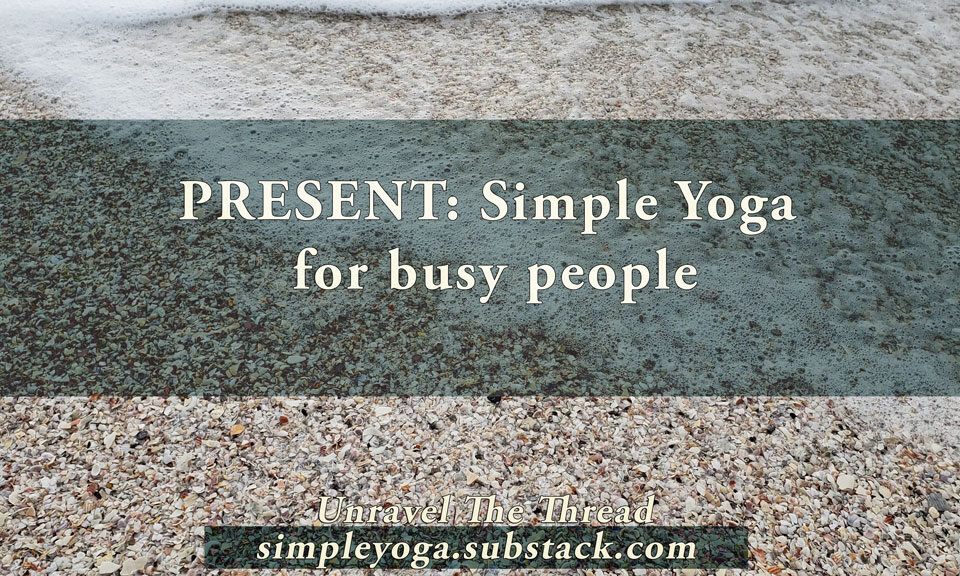Yoga Posture to Restore Balance in Hips, Legs and Lower Back (janu shirshasana)
February 7, 20144 Easy ways to keep your lower back free of pain with Yoga
March 17, 2014Yoga Posture to Restore Balance in Hips, Legs and Lower Back (janu shirshasana)
February 7, 20144 Easy ways to keep your lower back free of pain with Yoga
March 17, 2014Yoga Sequence to Prevent Pelvic Imbalance and Lower Back Pain


It can be argued that one major goal of yoga postures is to cultivate spinal suppleness. That is, the postures are helping us maintain the natural mobility, strength and flexibility of the vertebral column. Since the spine is attached to the shoulder girdle at the top and the pelvic girdle at the bottom, restrictions at the shoulder and pelvic girdle will affect the range of movement of the spine.
Since many of us spend a good amount of time sitting, our muscles and other tissues will tend to adapt to facilitate sitting for long periods of time. Part of the adaptations that happen include tightness in the muscles in the thighs and lower back. Also, most of us have a tendency to favor one side. We can see this when we sit in a cross legged position and then change the crossing of our legs. One configuration will, for most of us, feel easier.
Here is a complete sequence of yoga postures to help us discover imbalances between the left and right sides of our bodies. This yoga practice will contribute to restore the balance between the two sides. The basic idea is to practice the posture on each side and to repeat the side where we notice more limitation, tightness or restriction. Moreover, as we address the imbalance and release some of the limitations in the hips we may start noticing less restrictions on the healthy range of movement of our spine, thus contributing to facilitate a natural range of movement and also the elongation of our spinal column.
As you practice, remember to just do what takes you to the limit of your capacity, without generating new pain or agitation. Trust that going to the limit of what you can do will help you move beyond your limitations at a pace that you, your body and your breathing can handle.
Also, please be mindful of the knees, always ensuring that your knees are not twisted and that there is NO PAIN IN THE KNEES whatsoever, this is important!
As usual, a sense of curiosity is helpful, especially because one of the challenges that we may face is that it might be difficult to discern between appropriate intensity and pain. This is a key skill to hone for all yogis.
While you practice, please keep in mind:
- Pay close attention to what is happening in body, breath and mind.
- Do not force or strain.
- Do what you can, not too much, not too little.
- Keep your spine long.
- Breathe at full capacity without struggling.
- Enjoy the practice as a journey of self-exploration.
- Smile.
I hope that you find this video (filmed in Sedona, Arizona) useful.
[youtube=http://youtu.be/k5baVvSyTqA&w=420&rel=0]
Namaste.
